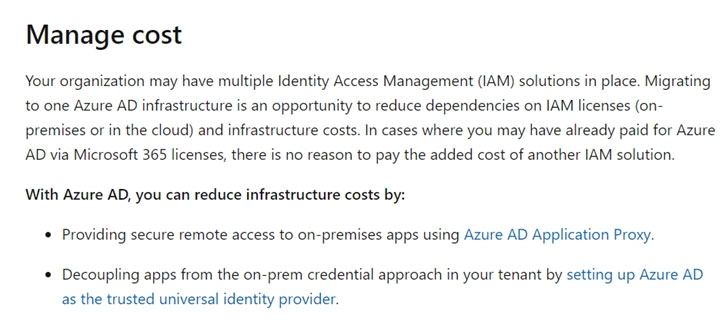
Expert Verified, Online, Free.

An organization is implementing a new identity and access management architecture with the following objectives:
✑ Supporting MFA against on-premises infrastructure
✑ Improving the user experience by integrating with SaaS applications
✑ Applying risk-based policies based on location
✑ Performing just-in-time provisioning
Which of the following authentication protocols should the organization implement to support these requirements?

Pongpisit
Highly Voted 2 years, 3 months agoAenAllAin
2 years, 2 months agoAlexJacobson
Highly Voted 1 year, 9 months agosurfuganda
Most Recent 1 month agoRemmmie
2 months, 2 weeks agoElDirec
2 months, 3 weeks agoKabbath1986
3 months agoKabbath1986
3 months agoDelab202
3 months, 2 weeks agohb0011
4 months agojhxetc
4 months, 2 weeks agoAnarckii
4 months agoOdinAtlasSteel
5 months, 2 weeks agoToonce72
5 months, 2 weeks agoMr214
8 months, 2 weeks agoBiteSize
9 months, 1 week agolifeblood12005
9 months, 2 weeks agofb2fcb1
9 months, 2 weeks agolouiedgr8
12 months ago